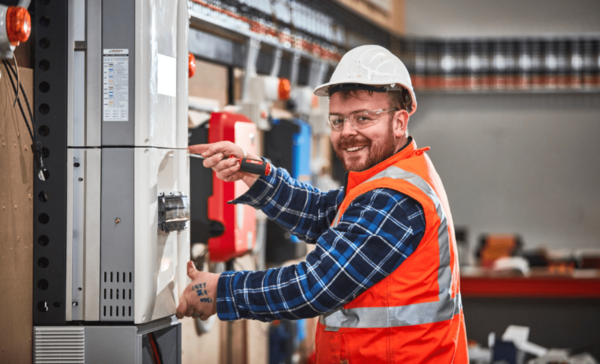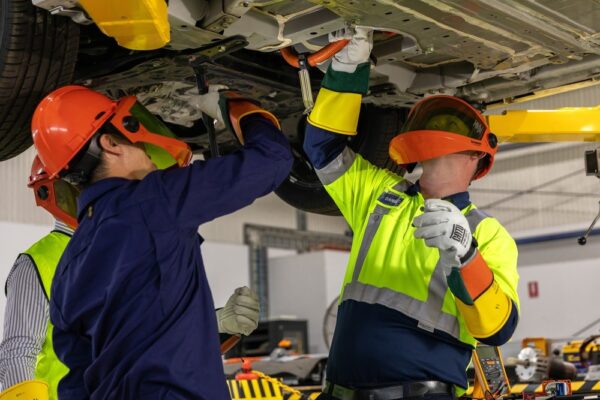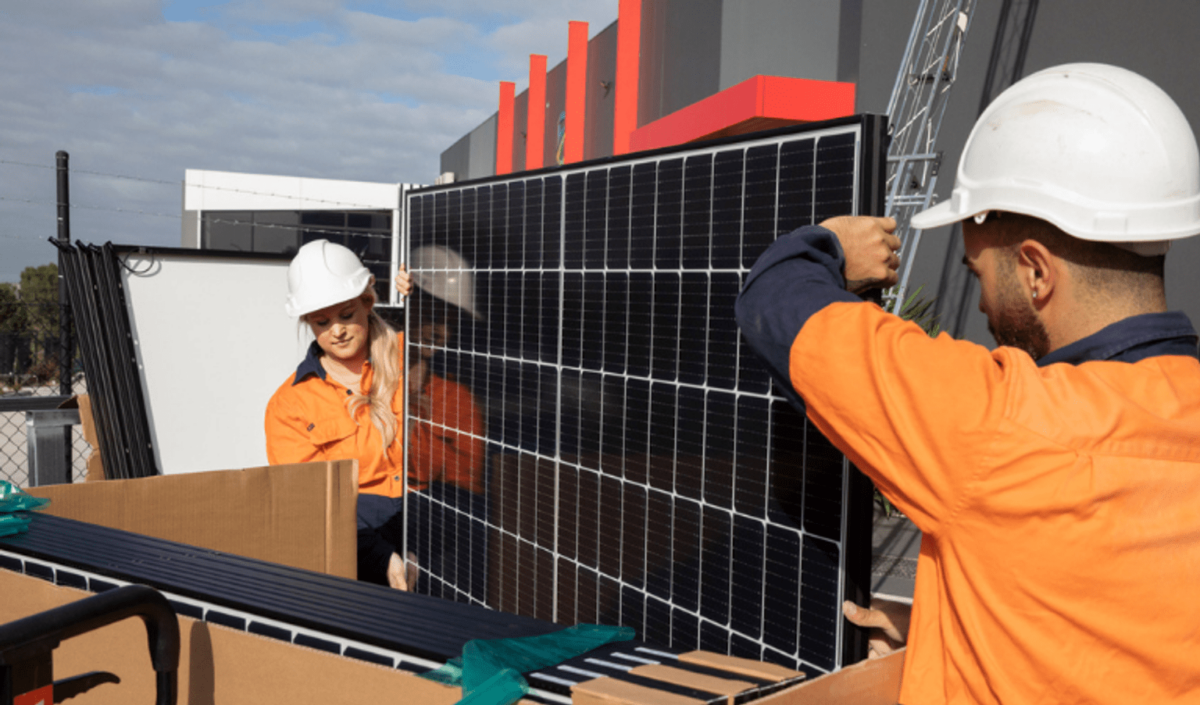The Australian government has announced it will broaden its incentive payment initiative for apprentices willing to learn clean energy skills as it looks to attract the thousands of workers needed for the country’s transition from fossil fuels to renewables.
The New Energy Apprenticeships Program provides up to $10,000 in payments to encourage people into sectors that are playing a key role in delivering on the Australian government’s target of 82% renewable generation in the National Electricity Market (NEM) by 2030.
The scheme, launched on 1 January 1 2023, promised to deliver 10,000 apprentices in fields critical to clean energy generation, transmission, and usage but has attracted just 2,210 apprentices.
Federal Training Minister Brendan O’Connor said industry had found the scheme was too narrow for many young apprentices to be able to use and the program will, from 1 June 2024, be broadened to assist more apprentices and trainees skilling up in sectors with exposure to clean energy.
O’Connor said the government has reworked the program so that people doing traditional trade apprenticeships will be able to receive the payment as long as they complete some work related to clean energy, such as solar panel installation or repairing electric vehicles (EVs).

Image: Solar Victoria
Alongside apprentices in electrical, air conditioning, and mechanics and others who were already in the scheme, people taking on training in hydro electricity, solar and battery installation and EV maintenance will now also be eligible for the payments.
“We must do all we can to supercharge our efforts to address climate change, as well as address the acute skills shortages we face to rewire the nation,” O’Connor said.
Ben Tudman, Modelling Manager at energy market consultancy and research group Cornwall Insight, said shortages in the workforce are likely to slow the deployment of renewable energy projects necessary to replace Australia’s retiring coal plants.
“The key to ensuring long-term energy security and affordability lies in a smooth and rapid shift to renewables,” he said.
“Unfortunately, delays to workforce growth are hindering the transition, leaving all the NEM regions struggling to fill the void left by the retirement of coal-generated power.”
Data provided by Cornwall shows more than 70,000 people will be required to build and maintain the new renewables infrastructure in the next 20 years, up from approximately 40,000 people in 2023.
Tudman said retraining existing workers, increased funding of institutions such as TAFE, and incentives to encourage increased participation in the industry are all vital.
“It is important we see a collaborative effort to attract skilled workers and train a new generation in order to speed up the deployment of renewables,” he said.

Image: RACQ
The federal government’s tweaking of the New Energy Apprenticeships Program has been followed by an announcement that it will team with the Australian Capital Territory (ACT) government to establish a training venue for a future EV workforce.
The Australian government has committed $9.7 million, to be matched with $9.7 million from the ACT government, to establish the country’s first TAFE EV Centre of Excellence at the Canberra Institute of Technology.
The funding is part of a $325 million commitment to establish a network of up to 20 TAFE Centres of Excellence in areas of high skills needs.
The Victorian government has also launched a clean energy training initiative, announcing a new round of the Upskilling for Electricians program.
The Upskilling for Electricians program, a part of Solar Victoria’s $11 million Training and Workforce Development program, provides free training for electricians and fourth-year electrical apprentices to become accredited designers and installers of solar and battery storage systems.
The new round will provide up to 400 A-grade electricians and fourth-year electrical apprentices working for businesses registered with the Solar Homes Program with fully subsidised training.
This content is protected by copyright and may not be reused. If you want to cooperate with us and would like to reuse some of our content, please contact: editors@pv-magazine.com.









3 comments
By submitting this form you agree to pv magazine using your data for the purposes of publishing your comment.
Your personal data will only be disclosed or otherwise transmitted to third parties for the purposes of spam filtering or if this is necessary for technical maintenance of the website. Any other transfer to third parties will not take place unless this is justified on the basis of applicable data protection regulations or if pv magazine is legally obliged to do so.
You may revoke this consent at any time with effect for the future, in which case your personal data will be deleted immediately. Otherwise, your data will be deleted if pv magazine has processed your request or the purpose of data storage is fulfilled.
Further information on data privacy can be found in our Data Protection Policy.